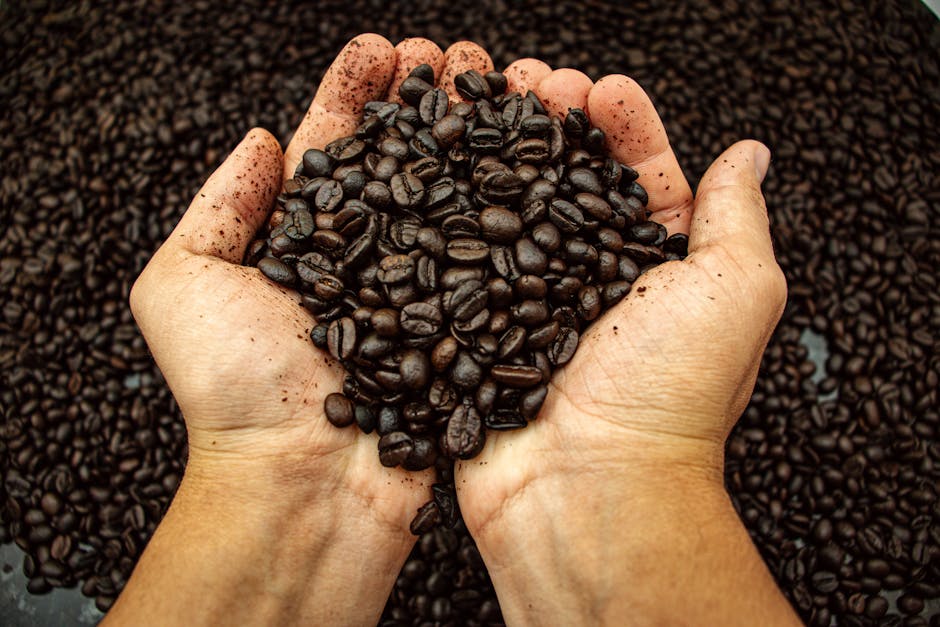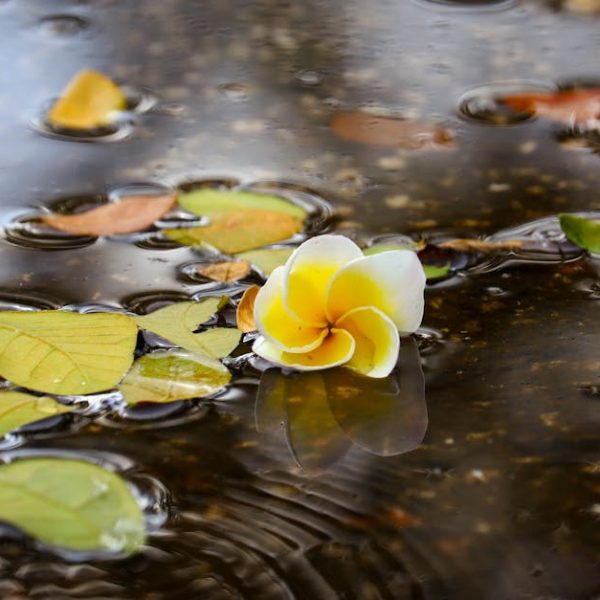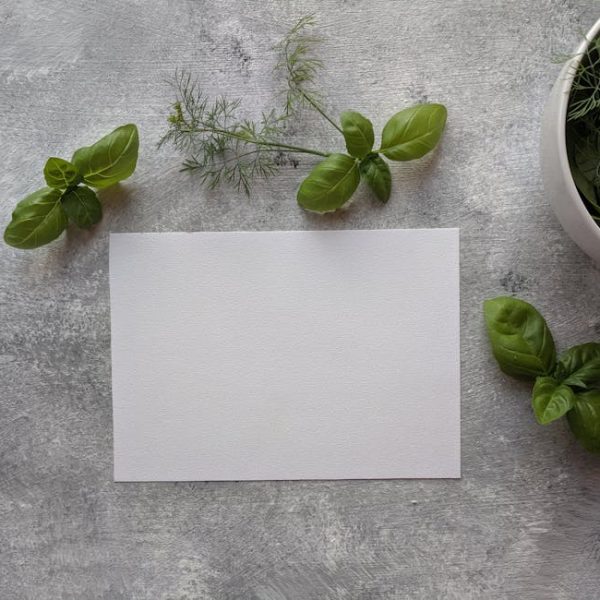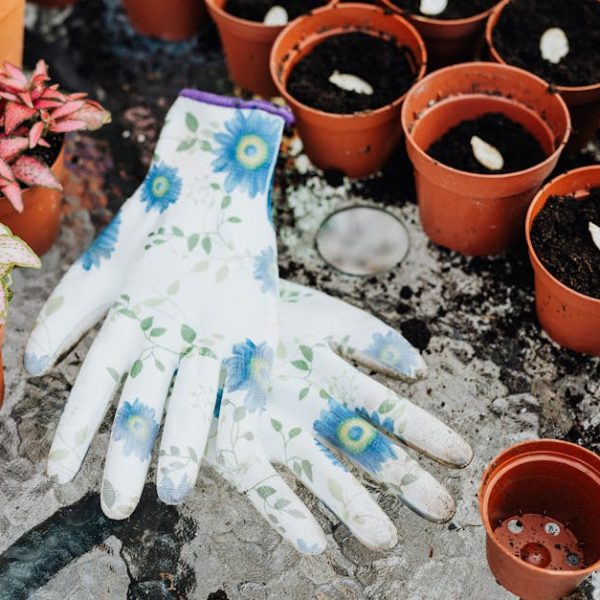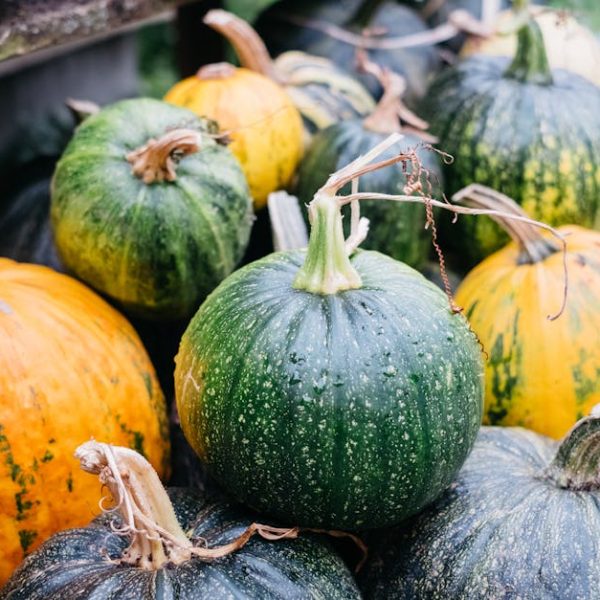If you’re an avid coffee drinker and a gardening enthusiast, we have great news for you. Used coffee grounds can be a resourceful ally for your garden, enhancing plant growth and deterring pests among many other benefits. This rich, dark material is an ideal addition to the earth but is often discarded. With 11 ingenious garden-enhancing tips, we’ll help you repurpose this everyday waste, elevating your gardening experience while doing a favor to the environment.
Using Coffee Grounds as a Fertilizer
Craving a lush garden? Coffee grounds are a rich source of nitrogen, potassium, and magnesium, essential nutrients that promote plant health and growth. But don’t simply dump your espresso leftovers on the garden. To avoid undesirable acidity, mix coffee grounds into your soil or compost first.
Steps for Adding Coffee Grounds to Soil:
- Gather used coffee grounds and let them dry.
- Sprinkle the grounds onto your soil, then mix or scratch them into the top few inches.
- Ensure they’re evenly spread to prevent clumping.
Pro Tip: Acid-loving plants like azaleas, rhododendrons, or roses thrive on coffee grounds while alkaline-preferring plants like succulents may not be as appreciative.
Boosting Compost with Coffee Grounds
In the world of composting, coffee grounds are green material, they help to speed up the composting process and amplify the nutrient value of your compost. No need for fancy composting systems or special skills. Simply sprinkle coffee grounds into your compost pile or bin and get ready to marvel at the improved quality of your compost.
Best Practices:
- Maintain a balance. Opt for a 50-50 mix of green (like coffee grounds and vegetable scraps) and brown (like dry leaves and newspaper) materials.
- Turn your compost pile regularly to help it decompose evenly and prevent odor.
Size up the potential downside though. Coffee grounds might attract pests like fruit flies if not properly covered in your compost bin. Also, when used excessively, they can lead to a detrimental imbalance in your compost’s nutrient mix.
Repel Pests with Coffee Grounds
Did you know that pests hate coffee as much as your plants love it? Snails, slugs and even cats can be deterred by the natural abrasiveness and strong scent of coffee grounds. You don’t need to steep them in water or craft a special spray.
Steps to Use Coffee Grounds as Pest Repellent:
- Dry your coffee grounds.
- Sprinkle them around plants prone to pest invasions.
While coffee grounds may not be as powerful as synthetic pesticides, they’re free, easy to use, and eco-friendly. Weigh their practicality against the proven capacity of other natural repellents such as citronella or vinegar.
Improve Soil Structure with Coffee Grounds
Coffee grounds can be a game-changer for your soil’s structure. They have the potential to increase water retention, improve aeration, and enhance drainage, leading to healthier plant roots and ultimately, stronger plants. Using them is almost as easy as brewing a pot of coffee.
Best Practices:
- Integrate coffee grounds evenly into your soil rather than leaving them in clumps which can harden and create a barrier.
- Coffee grounds are best used in moderation. Overuse can make your soil too acidic and cause nutrient block.
Pro Tip: Be especially careful about using coffee grounds in clay or dense soil, as they can further compact the soil, making it too hard for roots to penetrate.
Using Coffee Grounds to Attract Beneficial Insects
Turning your garden into a haven for beneficial insects is another smart way to use coffee grounds. Earthworms, for example, are attracted to coffee grounds. They’re great for your soil, helping to break it down and make vital nutrients more accessible to plants.
Steps to Attract Beneficial Insects with Coffee Grounds:
- Spread thin layers of coffee grounds throughout the soil.
- Aim to mix it well to avoid clumping.
While this can be a boon for your garden, the flip side is that coffee grounds can also attract unwelcome insects like ants. Hence, make sure to monitor your garden regularly to spot any unwanted guests.
Conclusion: Rounding Up The Potential of Used Coffee Grounds in Gardening
The potential benefits and uses of coffee grounds in the garden are varied and impressive. Whether you’re looking to boost your soil nutrition, repel pests, or simply better manage your waste, coffee grounds are a practical and sustainable solution. They’re a testament to how everyday waste can have extraordinary uses.
Pro Tip: Before sprinkling them in your garden, store your used coffee grounds in an airtight container to prevent them from molding. Also, letting them dry out can make them easier to spread and mix into your soil.
Best Practices Round-up:
- Mix coffee grounds into your soil to prevent acidity and clumping.
- Maintain a balance between green and brown materials in your compost pile.
- Sprinkle coffee grounds to deter pests, and keep an eye out for any potential pest attraction.
- Use coffee grounds sparingly in dense or clay soils to prevent further compaction.
- Regularly monitor your garden when attracting beneficial insects with coffee grounds.
Used wisely, your coffee obsession can serve your plants just as well as it serves you. As an added bonus, you’re making gardening a more sustainable and eco-friendly activity. So, don’t ditch your grounds, and elevate your garden with these creative uses.
Key Takeaway:
- Used coffee grounds, rich in nitrogen, potassium, and magnesium, can be successfully repurposed in a variety of ways to benefit a garden.
- Coffee grounds can be mixed into soil as a nutrient-rich fertilizer, enhancing plant growth.
- They can boost the nutrient value and speed up composting when added to compost bins or piles.
- Coffee grounds can be a natural pest repellent, deterring pests such as slugs, snails, and cats.
- By improving soil structure – aeration, water retention, and drainage – coffee grounds contribute to healthier plant roots and stronger plants.
- Additionally, they can attract beneficial insects like earthworms that improve soil health.
In conclusion, coffee grounds are a sustainable and practical solution for a diverse set of gardening problems. They not only help to improve the health and vibrancy of your plants, but they also help to manage garden waste, making your gardening more eco-friendly.
FAQs
Q: Can coffee grounds be used for all types of plants?
A: Coffee grounds are particularly beneficial for acid-loving plants like azaleas and roses. However, they may not be as beneficial for alkaline-preferring plants such as succulents.
Q: Can coffee grounds attract unwanted pests?
A: While Coffee grounds can deter certain pests, they might attract others like fruit flies. Always cover coffee grounds properly when using them.
Q: Are there any drawbacks to using coffee grounds in compost?
A: When used excessively, coffee grounds can lead to a detrimental imbalance in your compost’s nutrient mix. Always maintain a balance of green and brown materials in your compost.
Q: Can coffee grounds be used in clay or dense soil?
A: Be cautious when using coffee grounds in dense or clay soils, as they can further compact the soil which is not good for plant roots.
Q: How should I store used coffee grounds for my garden?
A: Store your used coffee grounds in an air-tight container to prevent molding and let them dry out to make them easier to spread and mix into your soil.
We hope this article inspires you to start leveraging your coffee grounds for a healthier garden. Share this article with other gardening enthusiasts and explore more posts to enhance your gardening experience.
